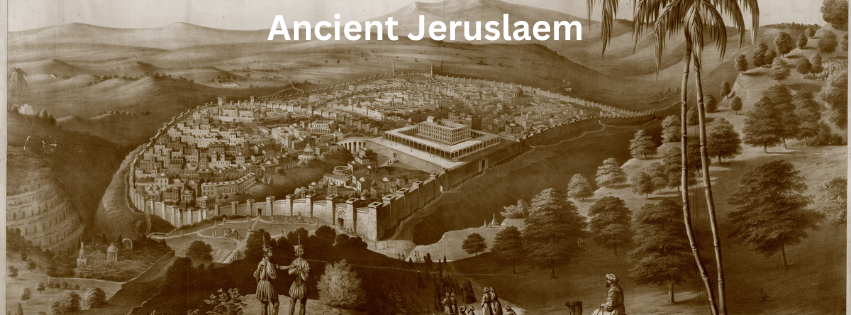Megillat Eicha, also known as the Book of Lamentations, is a profound a text in the Jewish tradition. It was written in response to the destruction of Jerusalem in 586 BCE. The writing of the Megila is attributed to the prophet Jeremiah . In the bible it appears in the Ketuvim (‘Writings’), as one of the Five Megillot. Parts of the Lamentations of Megillat Eicha were discovered at Qumran caves with the dead sea scrolls.

Megillat Eicha Structure and Content
Eicha consists of five chapters, each presenting a unique perspective on the catastrophe that befell the Jewish people:
Chapter 1: Depicts Jerusalem as a widow, mourning her loss and acknowledging her sins.
Chapter 2: Portrays God’s active role in the destruction, expressing bewilderment and outrage.
Chapter 3: Serves as the ideological core, exploring the nature of suffering and faith.
Chapter 4: Similar to Chapter 2, it grapples with the incomprehensibility of the tragedy.
Chapter 5: Returns to themes of repentance and responsibility, echoing Chapter 1.
The first verse of Megillat Eicha (Book of Lamentations) in Hebrew is:
אֵיכָה יָשְׁבָה בָדָד הָעִיר רַבָּתִי עָם הָיְתָה כְּאַלְמָנָה רַבָּתִי בַגּוֹיִם שָׂרָתִי בַּמְּדִינוֹת הָיְתָה לָמַס
An English translation of this verse is:
“How lonely sits the city that was full of people! She has become like a widow, she that was great among the nations! She that was a princess among the provinces has become a vassal.”
This opening line sets the mournful tone for the entire book, using vivid imagery to describe Jerusalem’s fall from glory to desolation. The word “Eicha” (How) that begins the verse gives the book its Hebrew name and encapsulates the sense of disbelief and lament that permeates the text.

Megillat Eicha and Tisha B’Av
While Eicha was written in response to a specific historical event, it has become a universal lament for Jewish catastrophes throughout history. It is traditionally read on Tisha B’Av, the day commemorating the destruction of both Temples and other tragedies in Jewish history.
A Path to Healing
Despite its dark tone, Eicha offers a blueprint for coping with pain and loss. The book’s structure, particularly the hopeful notes in Chapter 3, suggests that faith and resilience can coexist with grief and questioning.
